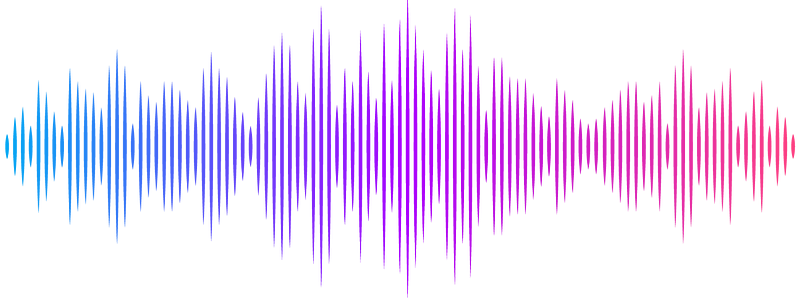Proteomic profiling of primary cilia in the developing brain uncovers newregulators of cortical development

Proteomic profiling of primary cilia in the developing brain uncovers newregulators of cortical development
Liu, X.; Torres Gutierrez, O.; Kaur, G.; Al-Issa, Y.; Baboo, S.; Diedrich, J. K.; Cai, E.; Yates, J. R.; Ge, X.
AbstractIn the developing brain, the primary cilia of radial glial cells extend from the surface of the lateral ventricle, serving as the signaling hub to integrate environmental cues critical for brain formation. Dysfunctions in ciliary proteins contribute to a wide range of brain structural abnormalities in ciliopathies, yet identifying the bona fide ciliary protein components in the brain remains a significant challenge. Here, using proximity labeling and quantitative proteomics, we systematically charted proteins localized to the cilia of radial glial cells in the dorsal and ventral regions of the embryonic brain. From this dataset, we identified cohorts of new molecules intrinsic to the cilia at distinct regions of the developing brain. We validated the cilium localization of several components of the translation machinery and studied the mechanistic roles of ciliary candidates previously linked to brain malformation, including Marcks, a key regulator of radial glial polarity, and Ckap2l, a protein associated with Filippi syndrome. These results revealed previously unrecognized ciliary mechanisms that regulate brain development. Thus, our brain proteomic dataset provides a unique resource for understanding ciliary functions in brain development and the molecular etiology of developmental disorders.